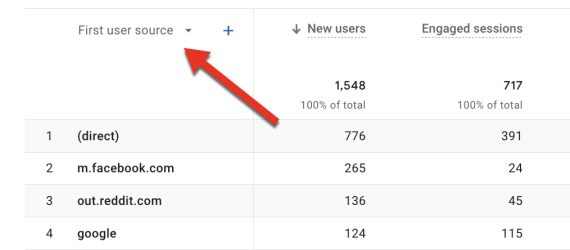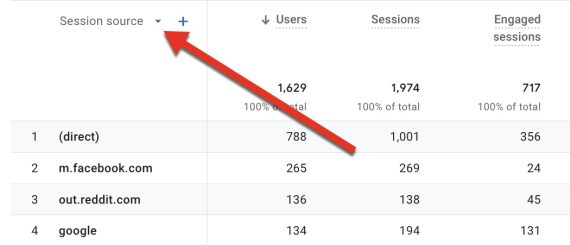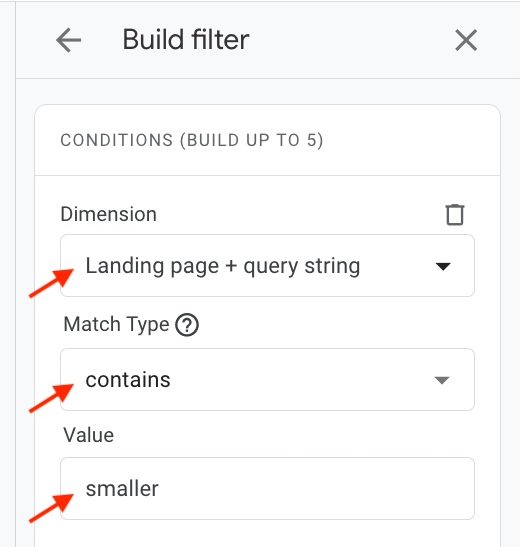The reports in Google Analytics 4 can be confusing. Take, for example, acquisition reports — the channels sending traffic to your site — at Reports > Acquisition. The section lists two types of acquisition: user and traffic (i.e., sessions).
I’ll address those reports in this post.
Traffic Sources in GA4
“User acquisition” vs. “Traffic acquisition”
These two reports in the Acquisition section disclose where each visitor came from. User acquisition represents the initial source that brought the person to your site. Traffic acquisition is the most recent.
Say a first-time visitor came to your site from clicking an organic search listing. GA4 will group that initial visit in the “Organic search” channel for both reports. But if she leaves and returns a few days later from a Facebook ad, GA4 will list the second visit in the “Paid social” channel in the “Traffic acquisition” report and “Organic search” in “User acquisition.”
In other words, the “Traffic acquisition” report doesn’t differentiate between new and returning users. It shows the total sessions and where each originated. The “User acquisition” report shows the total users and their initial (first-time) source.
Channels
Both reports show “default channel groups” — traffic-source categories — including:
- “Direct.” Visitors who typed your URL in their browser’s search bar.
- “Organic Search.” Visitors who clicked an organic listing on Google, Bing. or another search engine.
- “Organic Social.” Visitors who clicked an organic post on a social media site.
- “Email.”
- “Paid Search.”
- “Paid Social.”
- “Referral.” Visitors who clicked non-ad links on third-party sites.
- “Organic Video.” Visitors who clicked non-ad links on sites such as YouTube, TikTok, and Vimeo.
For details on each channel, click the drop-down menus on each report. In “User Acquisition,” click the “First user default channel group” menu and select “First user source” for the list of originating domains.

For detailed sources of users, click the “First user default channel group” menu and select “First user source.” Click image to enlarge.
In the “Traffic Acquisition” report, click “Session default channel group” and select “Session source.”

For detailed sources of sessions, click the “Session default channel group” menu and select “Session source.” Click image to enlarge.
The numbers may be different owing to new versus returning visits.
You can limit both reports to a single page via the “Add filter” option at the top.
- Select “Add filter.”
- Click “Select dimensions.”
- Select “Landing page + query string”
- Select “contains” below “Match type.”
- Paste your page’s URL slug (the part after the “/”) or any word (such as “smaller”) from that URL.
The traffic and user acquisition reports will now show data for that URL.

Limit the acquisition reports to a single page, such as this example for a URL containing “smaller.” Click image to enlarge.
In many cases, the user and traffic acquisition reports are interchangeable. The differences, again, result from returning visitors. Regardless, the reports show the sources of traffic — channels that introduce your brand and drive return visits.





